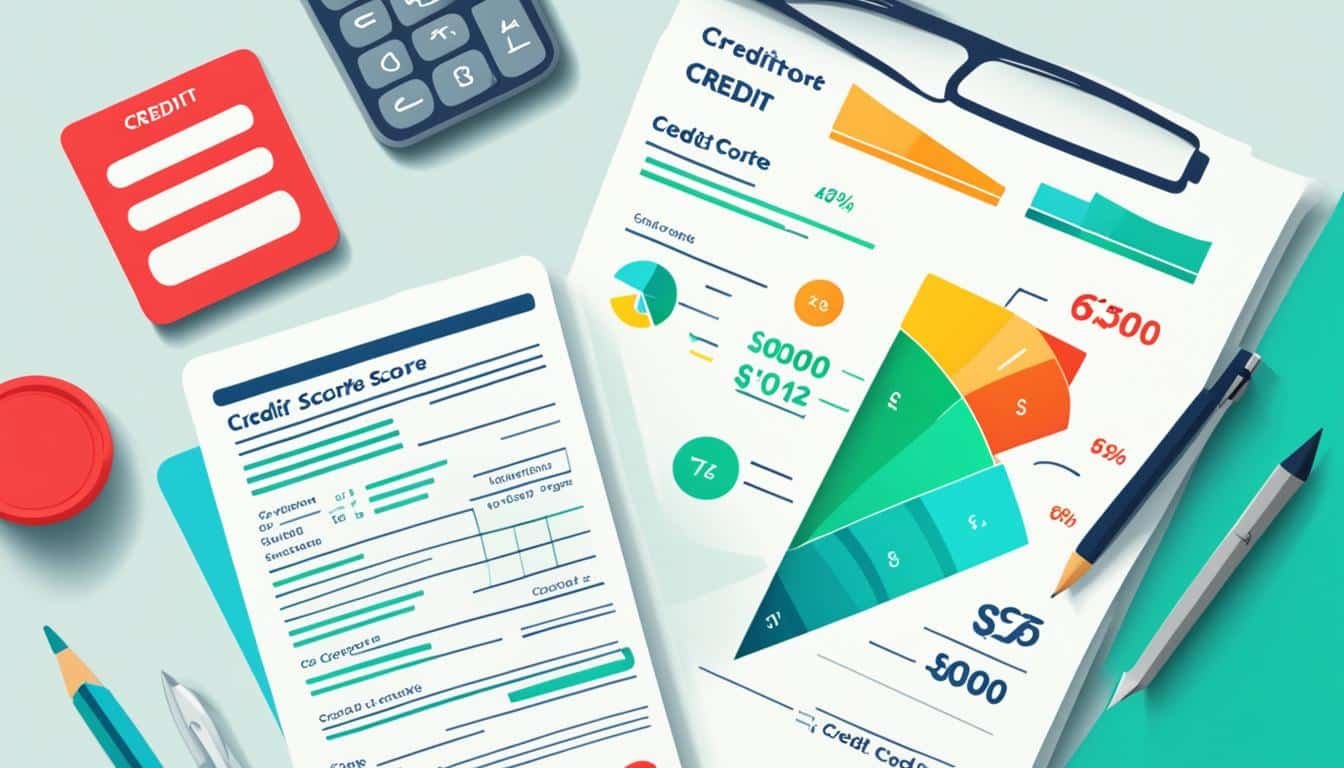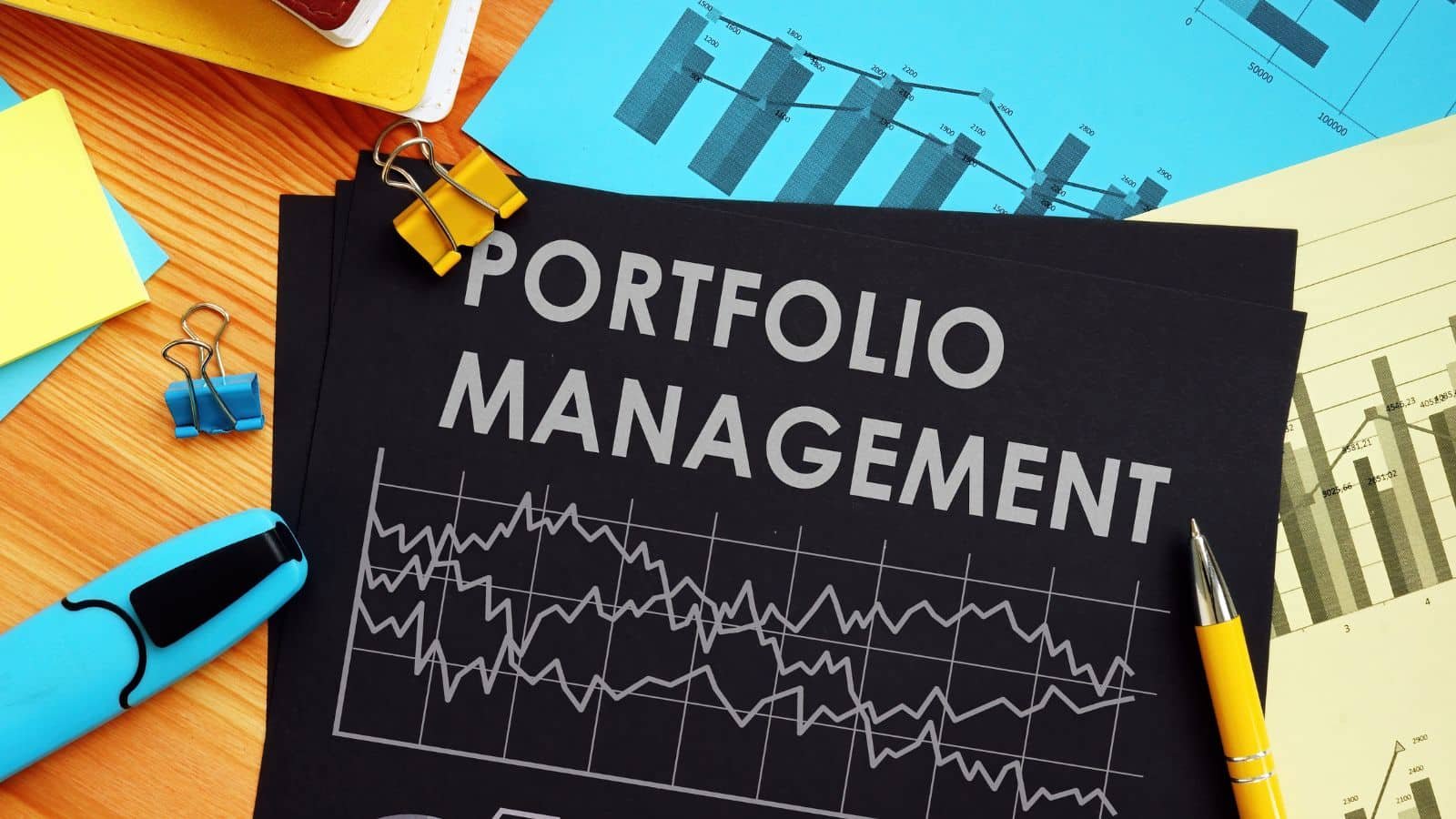What Are the Key Steps for Retirement Planning?
Retirement planning helps you figure out your future financial needs. It’s vital for ensuring you have enough money for the lifestyle you want in your retirement years. This process also protects you from the risk of not having enough funds later on.
You must think about how much financial risk you can handle. It’s also important to figure out how much your savings should grow. And, plan how you’ll withdraw money. These steps will ensure you make smart choices for a secure financial future.
Retirement means different things to different people. It might be not working at all, doing only some work, or taking a break to travel or pursue hobbies. You need a plan that fits your personal goals and dreams.
Some important steps in planning your retirement are:
- Setting clear retirement goals to guide your future plans.
- Figuring out how much money you’ll need by calculating your expenses.
- Remember to include money for healthcare in your financial plan.
- It’s best to start your retirement planning early to increase your savings. This gives more time for your investments to grow.
- Pick the right savings accounts, like a 401(k) or an IRA, for better savings and tax breaks.
By taking these steps, you prepare for a worry-free retirement. This approach helps you secure a comfortable life after your working years.
Key Takeaways
- Retirement planning is all about finding the money you need for the life you want later on.
- Remember to work out your expenses and think about the cost of healthcare.
- Start planning for retirement early to increase your savings and get the most from retirement accounts.
- Retirement can look different for everyone, from fully retiring to working a little, or taking a break to enjoy life.
- Use accounts like 401(k) and IRA to secure your financial future.
Understanding Retirement Planning
Planning for retirement helps you have a cozy future. It’s not just about saving some money each month. You need to think about the life you want after work, save up, and fix a retirement date that fits your dreams.
For retirement planning, the key goal is to save enough. You should aim to support the lifestyle you want when you’re not working. This starts by figuring out how much money you need by your retirement date.
Calculating Your Desired Lifestyle
First, picture the life you want in retirement. This could be traveling, hobbies, or just relaxing. Thinking about your ideal lifestyle helps guess the costs for your retirement dreams.
Imagine the activities and places you’ll enjoy in retirement. This dreaming will help know the money you need to save up.
Accumulating Savings for Retirement
After knowing your dream lifestyle, plan how to save for it. You should match your current money situation with your retirement dreams. Look at current savings, investment chances, and how long until you want to retire.
Make a savings plan for the long term, with regular contributions. This consistency and flexibility in your plan are key. It keeps you saving and helps adjust as needed.
Choosing Your Retirement Date
Picking the right retirement date is very important. Think about your ideal life, your readiness, and what you want as you stop working.
Review your money situation to see if your retirement date is realistic. It should balance hitting your savings goal and fully enjoying retirement.
Knowing the basics is key for an easy retirement planning phase. By aiming for the lifestyle you want, saving smart, and picking a fitting retirement date, you build a solid retirement plan. This plan leads to a secure and happy retirement.
Types of Retirement
Retirement varies based on our choices and situation. We’ll look at traditional retirement, semi-retirement, and temporary retirement. Each type needs special financial thought.
Traditional Retirement
For traditional retirement, people stop working entirely. They focus on hobbies and being with loved ones. Planning means making sure savings support the life you want without a big job.
Semi-Retirement
Semi-retirement blends work and leisure. It lets people work part-time while enjoying life more. Planning includes finding the right balance and how all your money works for you.
Temporary Retirement
Temporary retirement, like a sabbatical, gives a career break. It’s a chance to grow, learn, or try new jobs. Planning involves having enough money to explore freely for a while.
Retirement can change your life in a big way. Whether you pick traditional, semi-retirement, or a sabbatical, good financial planning is key. It makes your retirement safe and fun.
| Type of Retirement | Summary |
|---|---|
| Traditional Retirement | Complete exit from the workforce; focus on hobbies and leisure activities. |
| Semi-Retirement | Continued part-time work while enjoying retirement benefits. |
| Temporary Retirement | Short-term break from work to explore new opportunities or personal growth. |
Steps in Retirement Planning
Planning for your retirement is a journey with many steps. These steps are designed to help you ensure a secure financial future. They help create a plan and select the best accounts for saving money. You’ll also learn how to manage your contributions wisely.
Determine Your Retirement Goals
Before anything else, know what you want for your retirement. Think of the life you dream of having when you stop working. How much money will you need for that life? It’s important to set clear goals based on what you want and what it costs.
Create a Retirement Timeline
A clear timeline helps you stay focused on reaching your retirement dreams. Start by deciding when you want to retire, then count the years until then. This roadmap is essential for your future financial choices and saving plans.
Select the Best Retirement Savings Accounts
Picking the right savings accounts is vital for reaching your goals. Look into options like 401(k) plans at work and IRAs. These accounts can offer tax perks and ways to grow your savings.
Develop Contribution Strategies
It’s critical to have a plan for how much you’ll save regularly. See what you can comfortably put into your retirement accounts. Making this savings process automatic is a great way to ensure you keep at it.
Also, think about how taxes will affect your savings and investment choices. Following these planning steps can lead to a stable retirement. You’ll be able to enjoy the life after work that you’ve always wanted.

Retirement Expenses and Healthcare Considerations
When planning for retirement, what you expect to spend is key. Setting realistic estimates for your expenses is vital. You should think about how much you need to live on during retirement.
It’s smart to aim for an income in retirement that’s 100% of what you earned before. This should cover your increasing costs in healthcare, travel, and hobbies. Plus, it might help if you face big health costs later.
Looking at healthcare costs is crucial in your planning. These costs can really shake up your retirement savings. With Medicare not covering everything, you must have a plan. Make sure you have money set aside for possible health issues.
By thoroughly thinking about your retirement needs, like healthcare, you can make a solid plan. This can give you the financial support you need and peace of mind. Detailed planning and accurate money estimates will protect your retirement savings.
Planning for Healthcare Expenses in Retirement
When it comes to healthcare costs in retirement, you need to be proactive. Here’s what you can do:
- Look at different healthcare plans and see what they cover, like Medicare and extras.
- Figure out your likely health costs based on your current health and future needs.
- If it makes sense for you, think about getting a Health Savings Account (HSA). It can help you save money tax-free for health needs.
- Look into long-term care insurance to help with possible future care costs.
- Talk to a financial advisor who knows about retirement. They can give you advice based on your situation.
With careful planning for both general and healthcare spending, you can make a solid retirement plan. This will protect your financial health and make sure your later years are comfortable.
| Retirement Spending Needs | Healthcare Expenses | Medical and Long-Term Care Costs |
|---|---|---|
| To cover all retirement expenses, aim for a retirement income closer to 100% of your pre-retirement annual income. | Create plans to cover healthcare expenses, as they can significantly impact your retirement budget. | Incorporate potential medical and long-term care costs into your retirement plan to ensure adequate funds are available. |
| Consider rising costs such as travel, hobbies, and unexpected late-retirement medical costs when estimating retirement spending needs. | Research healthcare plans and programs available, such as Medicare and supplemental insurance, to understand coverage options. | Explore long-term care insurance options to cover potential long-term care needs in the future. |
Choosing Retirement Savings Accounts
In your retirement planning, a big decision is picking the right savings accounts. These accounts help save money for future financial security. We’ll look at employer-sponsored 401(k) plans and individual retirement accounts (IRAs).
Employer-Sponsored 401(k) Plans
A 401(k) plan is from your job and boosts your savings. It lets you put money from your check straight into savings. Your employer might also match what you put in, giving you extra savings for retirement. This match is like getting free money for your future.
Individual Retirement Accounts (IRAs)
If a 401(k) isn’t an option, or you want to save more, consider IRAs. There are traditional IRAs and Roth IRAs to choose from.
Traditional IRAs:
With a traditional IRA, you might pay less in taxes now. What you put in could lower your taxable income. Also, your savings grow without tax until you retire, making withdrawals then subject to taxes.
Roth IRAs:
A Roth IRA helps you save on taxes in the future. You pay taxes on the money you put in now, but the account grows tax-free. So, when you retire, you can take money out without paying additional taxes.
Contribution Strategies
For your 401(k) or IRA, setting a saving goal is key. Trying to put away 15% of what you earn before taxes each month is a good start. This regular saving will add up over the years for your retirement.
Setting up automatic savings is a smart move. This way, you save without thinking about it, and it’s harder to spend the money on other things.
Don’t forget about the tax breaks retirement accounts offer. Talking to a finance pro can help you learn more about how to make the most of these savings.
When you think about what you want for retirement and choose the right accounts and strategies, you’re on your way to a secure future.
Conclusion
Retirement planning is vital and should start early. It involves setting goals, figuring out expenses, and considering health costs. Choosing the right savings accounts and investment plans is also key. This helps secure financial security for retirement.
It’s important to review and update your retirement plan. Life changes, so your plan needs to keep up. By doing so, you can stay on target to achieve your retirement dreams.
Comprehensive retirement planning brings peace and confidence for the future. Don’t risk your retirement security. Start planning now to ensure a fulfilling life after work.







